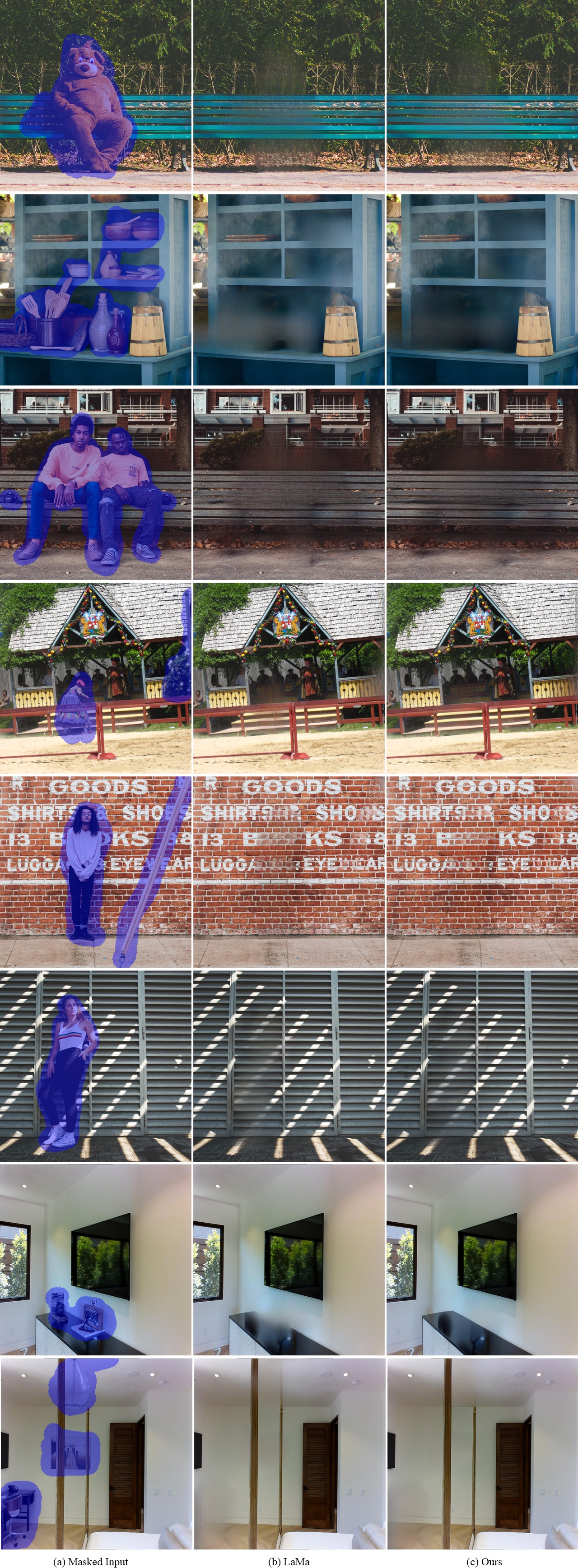
Image inpainting has made significant advances in recent years. However, it is still challenging to recover corrupted images with both vivid textures and reasonable structures. Some specific methods only tackle regular textures while losing holistic structures due to the limited receptive fields of convolutional neural networks (CNNs). On the other hand, attention-based models can learn better long-range dependency for the structure recovery, but they are limited by the heavy computation for inference with large image sizes. To address these issues, we propose to leverage an additional structure restorer to facilitate the image inpainting incrementally. The proposed model restores holistic image structures with a powerful attention-based transformer model in a fixed low-resolution sketch space. Such a grayscale space is easy to be upsampled to larger scales to convey correct structural information. Our structure restorer can be integrated with other pretrained inpainting models efficiently with the zero-initialized residual addition. Furthermore, a masking positional encoding strategy is utilized to improve the performance with large irregular masks. Extensive experiments on various datasets validate the efficacy of our model compared with other competitors.


@inproceedings{dong2022incremental,
title={Incremental Transformer Structure Enhanced Image Inpainting with Masking Positional Encoding},
author={Qiaole Dong and Chenjie Cao and Yanwei Fu},
booktitle={Proceedings of the IEEE/CVF Conference on Computer Vision and Pattern Recognition},
year={2022}}
}